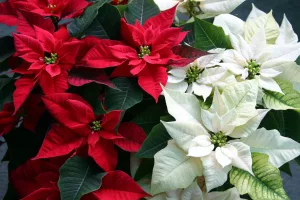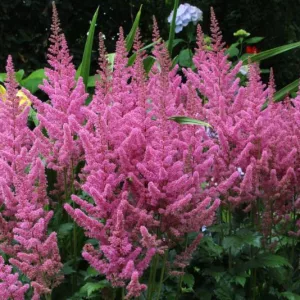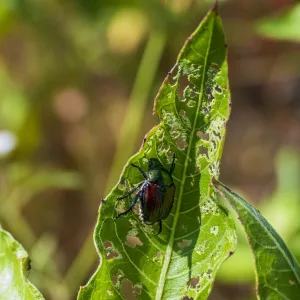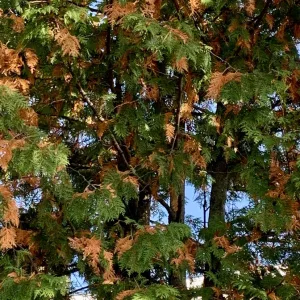I remember back to the days when New North grew beautiful poinsettia plants to supply local florist shops, a few larger retail stores and for organizations to sell as fundraisers. I used to bring my mom out to see the greenhouses full of red, white and pink plants. It was an amazing sight that really got you in the mood for Christmas!
Once the orders where all shipped out, there would be some leftover plants that didn’t quite meet the standards for selling so each of us were given several plants to take home. We had a young family at that point, so money was a little tight. I really appreciated having those plants to help make our home look festive.
Today, stores are filled with poinsettia plants in an amazing range of colours. Hybridizing has produces many varieties beyond the original ones we used to grow. However, I’m still a traditionalist and still prefer the red ones.
Actually, the colour you see on the poinsettia plant are not flowers but modified leaves called bracts. They surround the tiny yellow flowers at the center. In their tropical native habitat, the bracts attract pollinating insects to those small flowers.
Growers force the poinsettias into bloom so they are ready for the holiday season. Once you take your plant home, some specific care will keep it in good shape right through the holiday season.
First of all, being a tropical plant, it doesn’t tolerate the cold. Be sure to have the clerk tuck your poinsettia in a protective sleeve for the trip home. If you have other shopping to do, make buying the poinsettia your last stop!
Once you get the plant home, place it near a sunny window: south, west or east facing ones are the best. Being a tropical plant, they prefer as much light as you can give them. Just be sure you don’t place your poinsettia near a heat source or a cold draught. They won’t be happy with either extreme in temperature.
Check moisture in the soil regularly. Poinsettias like to be watered thoroughly and then left until the soil surface dries out before they are given their next drink. If you have a very bright house with low air humidity, they may have to be watered frequently.
When you do water, be sure to check to ensure they aren’t sitting in water for any length of time. Within 20 minutes, they will soak up as much moisture as they require. At that point, empty any standing water out of the tray or decorative sleeve they are in.
Poinsettias are particularly prone to root rot if they are kept too wet. Once the roots start to rot, they can no longer supply water to the leaves. The leaves will then wilt. It may appear that the plant is dry, when in fact, the soil is too wet!
If your plant does dry out and wilt, a thorough watering may revive it. A few lower leaves could drop off, but hopefully the main part of the plant will survive.
Don’t fertilize the poinsettia plants when they are in bloom. They don’t need food at this point.
The milky white sap of the poinsettia plant may cause mild irritation to your skin, especially if you have a latex allergy. Wash your hands thoroughly with soap and water if you do get a reaction. If you get the sap in your eye, flush it with water.
These plants aren’t really poisonous but do keep them away from babies, toddlers and small pets. Ingesting any part of the plant may cause a mild stomachache, vomiting or diarrhea.




